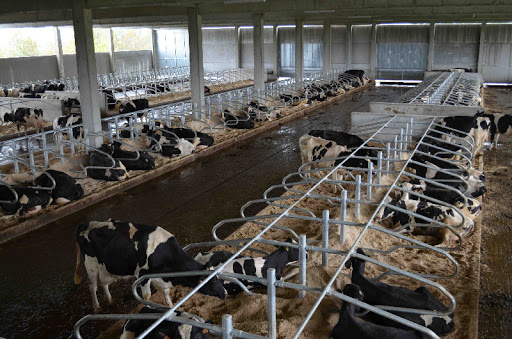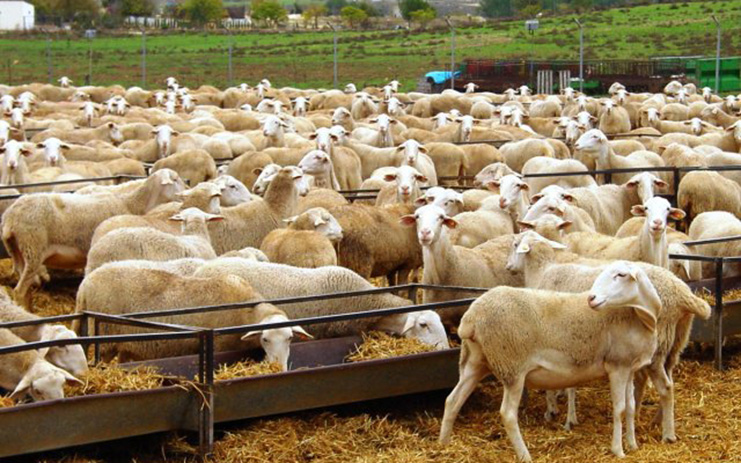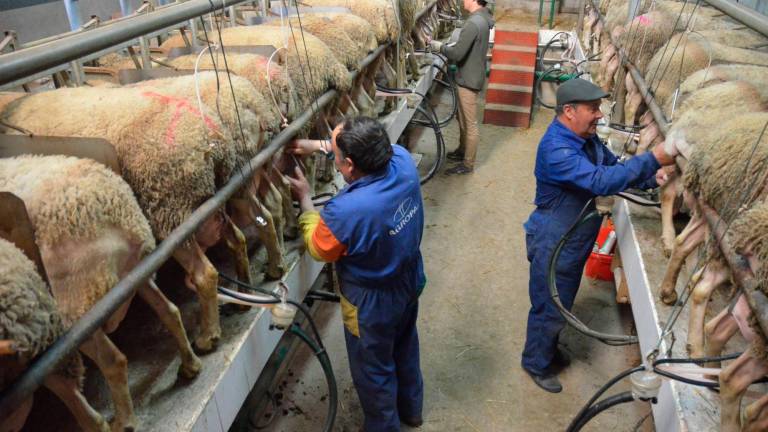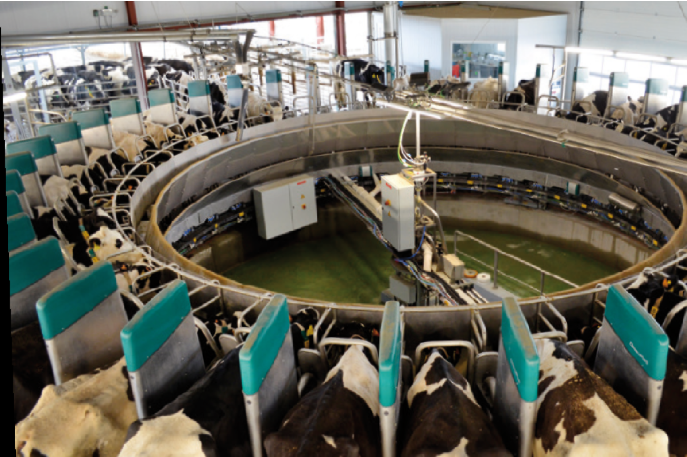Increasingly, farms are
farms are increasingly
are increasingly equipped with data analysis tools, allowing them to analyze and improve daily performance. But this is not the case with the information obtained during milking.
The data obtained from this practice are many, since we have to take into account that the dairy farms
dairy farms perform at least two milkings a day every day of the year.
The data obtained from this practice are many, since we have to take into account that dairy farms perform at least two milkings a day, every day of the year. how much information is wasted?
In some cases, only information from large farms is studied, and this is not the most appropriate, since a large number of farms are left out, and with them all their information.

It is important to keep in mind that all the information generated during milking is important, but it is important to take into account that quality and accuracy is more important than quantity.
Why is it necessary?
Without it we cannot know where we stand, we cannot compare our data with those of other farms. In other words, we do not know where we can improve, or if, on the contrary, we are at an advantage in relation to other farms.
Most importantly, it allows us to compare data between milking sessions, pens or those variables that we are interested in analyzing.

There are many parameters and indexes that we obtain through management programs, but it is important to pay attention to some of them and to monitor them:
- Production refers to the production of each milking session or the average production per animal per milking session.
- Average flow rate, indicates the total volume of milk
milk
per minute of the milking unit. The higher the milking speed the higher the flow rate and vice versa. This parameter is influenced by the production level of each farm. - Partial flows indicate how milk is extracted from the animals. It is expressed in volume of milk per time interval; from each one we can obtain a partial flow curve for each animal, batch or session.
Facility efficiency data, which indicates the number of animals in the facility.
animals
milked per hour. Note that it only shows speed, not efficiency.

To be efficient in milking:
- It is not necessary to have the largest milking installation.
- More workers is not synonymous with greater work efficiency.
- Search for the highest possible average flow
- It is not necessary to have the highest average production.
- No time should be lost in pre-milking and post-milking tasks.
One of the problems facing farms is the lack of skilled labor. This means that there are unqualified milkers, which is why it is important to train the workforce on an ongoing basis.
This will mean less time spent doing the same job, more efficiency. If we look at economic terms, by improving the performance of the facilities, it would mean cost savings in their operation.

Intensive evaluations are a detailed analysis of milking sessions carried out on an ad hoc basis to obtain information. They are used to check the evolution of the data over time.
Knowing this performance data is necessary to know if we need to make a change in our installations.
If we look at work intervals, it is appropriate to know the percentage of time the animals remain in the milking par lor and the non-milking period.

We can divide this phase into other phases and thus know the duration of each one of them separately.
- We can see the production log, where we can differentiate the production in the first or second minute. Total production, production in repositioning (refers to the production obtained in the second placement of the milking unit) and residual production (adjustment of automatic cluster removers).
- And we can also access a record of additional information, such as the number of relocations during milking or the number of stalls that are placed manually.
- Finally, a dynamic milking check can be performed to check if the data obtained from the static check are correct and stable during milking.
- In addition to knowing how the room behaves in relation to the animal
animal
being milked.
Reasons to pay closer attention to the data obtained.


